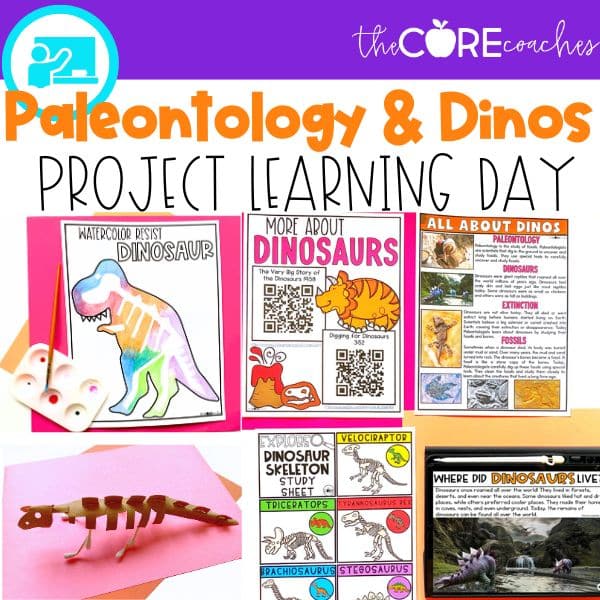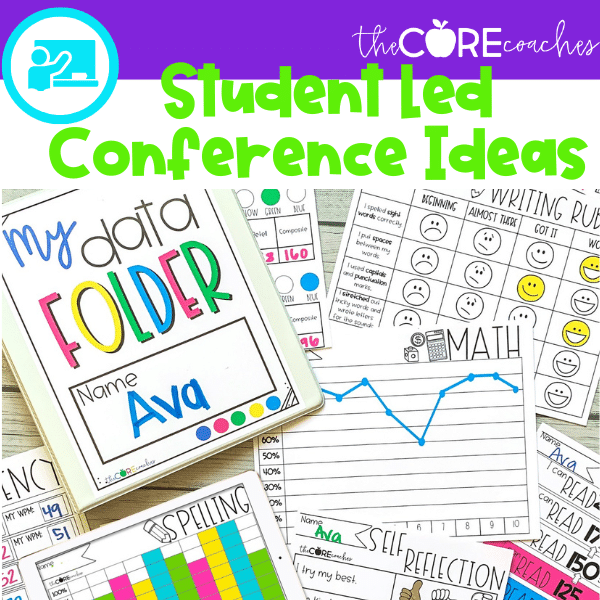In elementary school, teachers use morning meeting to get kids ready for the day. In preschool, teachers use circle time.
Typically, preschool circle time is used to review daily skills and lessons. Some traditional lessons include going over the calendar, the weather, days of the week, or a new letter of the alphabet.
Even if you have not used circle time in your classroom yet, you probably already have a time of day when you include similar activities. If you are brand new to the PreK classroom, then you may have been thinking about how to include these activities in your classroom.
While all of these activities are important lessons, they are not the only reason that circle time is important.
Why Circle Time is Important in PreK

In addition to reviewing academics, circle time is the perfect place for building positive peer relationships and a sense of community. In our opinion, these are more important lessons than academic activities.
During these early childhood years it is important to provide kids with safe and structured spaces to engage with their peers. Preschool is one of those places. Moreover, for many kids, it is the first time they get this opportunity. Therefore, it is important to make relationship and community building activities a regular part of your classroom.
How Circle Time Helps Build a Classroom Community
Traditionally, community building activities are focused on at the beginning of a school year but then fall away as the year progresses. We get it! With the focus moving towards more academic activities it can feel like there isn’t time for the social activities. That’s why we love circle time!
Circle time is a built in routine that happens everyday. As a regular part of the day it gives you as the teacher a built in time frame to include social activities. This makes it easy to continue to build positive relationships with students and between students all year long, without “taking away” from other learning activities.
While circle time is easy to manage and run once it is up and running, it does take a bit of planning to get started. Here are 5 steps to help you get started.


5 Steps for Preschool Circle Time
1. Create a clear procedure
The key to making circle time efficient and effective is having clear procedures. This includes a procedure for moving to and from circle time, as well as for what to do during circle time.
Before creating a procedure decide what time of day you want to hold circle time. In addition, choose a spot in the classroom where you will always hold circle time.
In our experience, the best time for circle time is the first activity of the day or the last activity of the day. At the beginning of the day, it is a great way to greet students and establish a positive start for the day. At the end of the day, it is a great way to review what you learned that day and send students off with a positive close to their day.
In addition to choosing a place and time, determine a set of steps kids need to follow to get ready for circle time. This should be no more than 5 steps. Teach them to students at the beginning of the year and practice, practice, practice!
Remember part of preschool is introducing kids to the things they will come across in elementary school. Teaching them what a procedure is and how to follow a procedure is an important skill to teach them.
Therefore, the more you can practice the procedure for circle time the better. This includes reviewing the procedure and expectations throughout the year as needed.
2. Follow a Time Frame
If you are working with PreK kids then you already know that young children do not have a long attention span! Therefore, the more quickly and efficiently you can move between activities in circle time the better!
This doesn’t mean to rush through circle time. It simply means to be aware of the time you have allotted to the circle time. This includes how much time you have planned for each activity within the circle. Then, be committed to staying on task.
We know this can be tricky with young children. In addition to using procedures, having a clear lesson plan and structure for circle time will help you stay on track with the time.
3. Have a Clear Plan
Create a clear plan for circle time each day. The easiest way to do this is to have a structure or outline that you always use for circle time. With a clear outline, you can quickly create a specific lesson plan for each day.
Here is an idea of what a circle time outline may look like:
- Welcome Message: Welcome students to the circle and class with a fun message or way of saying hello. Have them say hello to each other as a whole class as well as to their peers next to them.
- Academic Time: Go through the calendar, weather, and or a new letter. Depending on the structure of your classroom, you could rotate through these three academic lessons each day (rather than doing all of them each day).
- Sharing Time: Give students time to share something that is important to them and not related to school. This can be done as a whole class or with a partner.
- Fun Activity: Do something fun to end the circle time. This could be a circle time song that you sing together or reciting a nursery rhyme together. It could also be a fun movement activity or mindfulness activity.
This is one example of how to outline and structure circle time. Once you have a set structure, use that same structure every single day! Doing so helps you know exactly what to include in your lesson plan; moreover, it helps kids know what to expect each day.
4. Include a Variety of Activities
While structure is important, so is variety. Adding variety to your circle time should not take any extra effort though.
Choose 3-5 activities that fit into each section and then circle through them during the year. For example, choose 3-5 different fun greetings you can use for welcoming students to circle time.
This could be as simple as a high-five, a class chant, and a special wave. If you are doing circle time at the end of class, this could be switched to a good-bye.
For academic activities, come up with a few different ways to review the calendar, weather and alphabet. A simple way to do this is to come up with a whole group, partner, and small group activity for each one. In addition, you can choose one activity for each and then only do one academic activity each day and rotate during the week.
Sharing time could be a conversation prompt like “would you rather” or asking each kid to share their favorite animal, toy, etc. These could be done with a partner or you could go around the room and share. Don’t forget that you are a part of the circle too! Remember to share your own responses to help build relationships with your students.
There is a lot of flexibility when it comes to the fun activity portion. We encourage you to choose activities that fit with different moods and needs. For example, having a movement activity on hand to get sleepy kids up and moving or to get out their energy when they are overly energetic. Mindfulness activities like breathing exercises are great to have in your tool kit for days you need to get kids focused.
5. Have fun!
Even though preschool is an opportunity to begin teaching students academic skills, it is also a time to have fun! Circle time is the perfect place to not only have fun, but make learning fun.
To make sure it is fun for you as the teacher though, use the tips above to help you plan ahead. Circle time is not meant to be an extra thing you have to do. It is meant to be a time to connect with your preschool kids and build a positive classroom community. So, while it will take a bit of extra planning upfront – we promise it will be worth it when all you have to do is quickly pick and choose the activities for the week.






